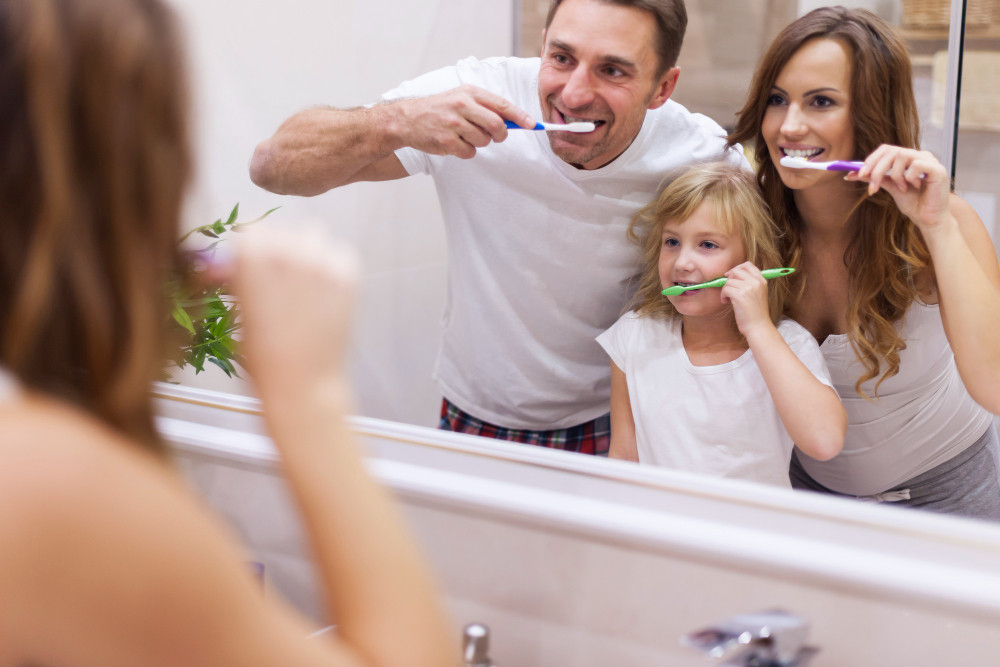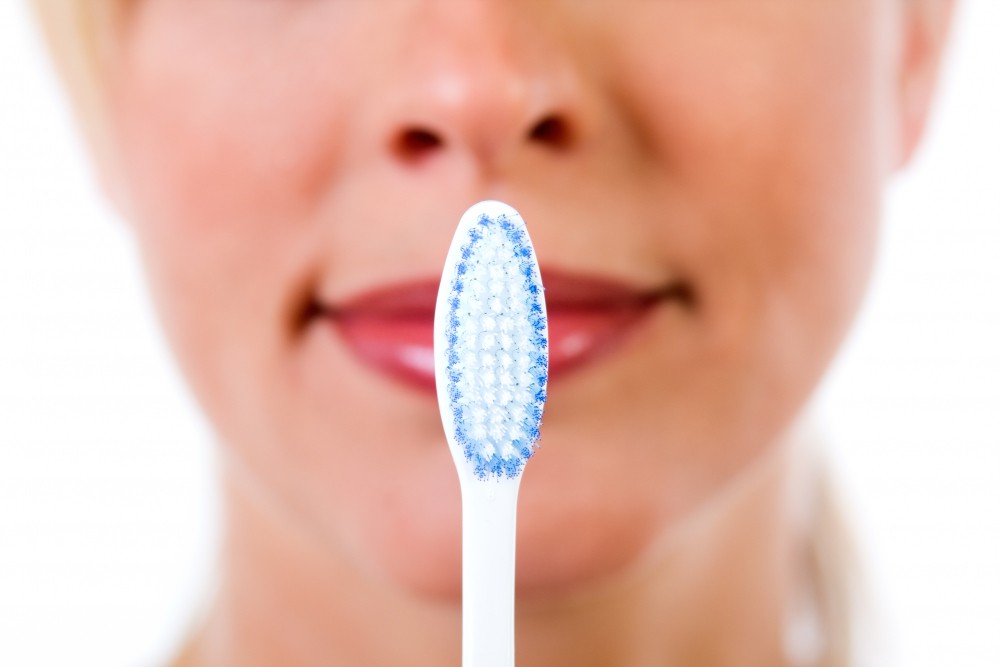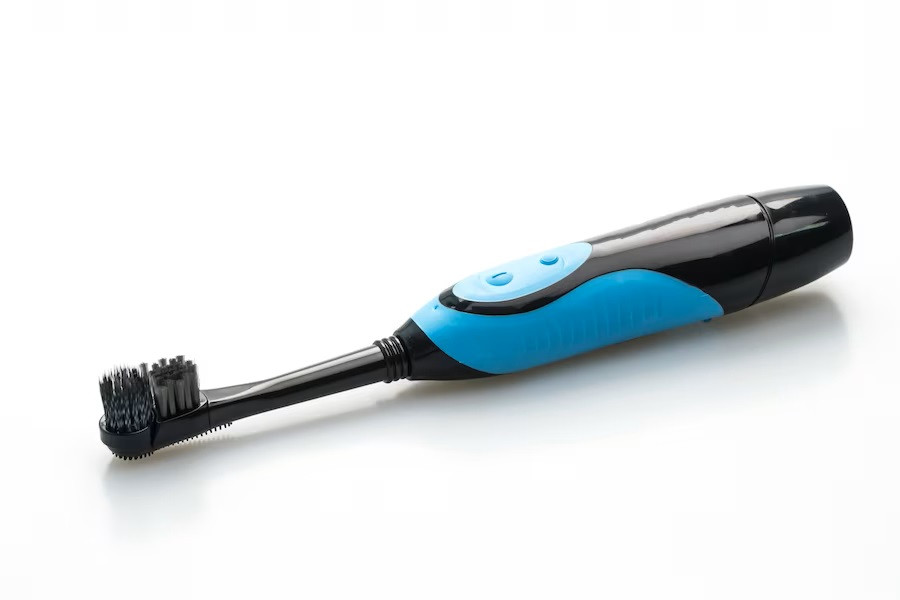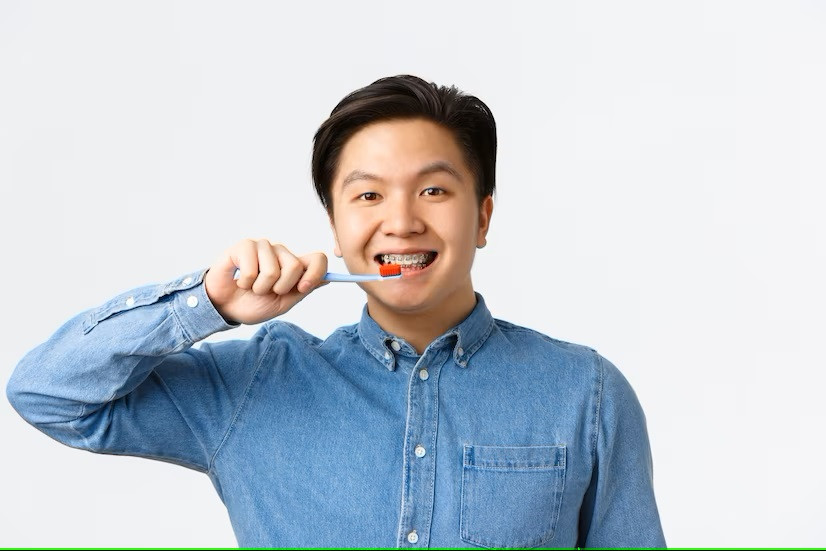Menyikat gigi adalah salah satu cara untuk menjaga kebersihan gigi dan mulut. Untuk mendapatkan hasil yang optimal, Anda perlu menggosok gigi dengan teknik yang tepat dan durasi yang cukup. Sayangnya, sebagian besar orang menyikat gigi terlalu singkat dari durasi yang dianjurkan para ahli.
Berapa Lama Durasi yang Dianjurkan untuk Menggosok Gigi?
Menyikat gigi dapat membantu membersihkan sisa makanan yang terperangkap pada sela-sela gigi. Sisa makanan yang tidak dibersihkan dengan baik dapat menyebabkan penumpukan plak yang dapat memicu bau mulut, gigi berlubang dan masalah gusi lainnya.
Masalah kesehatan pada rongga mulut sebaiknya tidak dianggap remeh karena pada kasus infeksi, mikroba bisa menyebar ke rongga mulut dan saluran napas. Untuk mencegah kerusakan gigi lebih lanjut, sebaiknya ikuti anjuran para ahli kesehatan gigi dalam menyikat gigi.
Sebuah penelitian mengungkapkan bahwa setiap orang rata-rata menyikat gigi selama 45 detik. Dilansir dari Mouth Healthy, durasi menyikat gigi yang dianjurkan adalah 2 menit, dan sebaiknya menyikat gigi 2 kali sehari setelah makan, pada pagi dan malam hari. Menyikat gigi terlalu singkat atau terburu-buru membuat kegiatan menyikat gigi tidak bisa membersihkan gigi secara optimal. Dalam penelitian tersebut juga terungkap bahwa orang yang menyikat gigi selama 120 detik dapat menghilangkan plak 26% lebih banyak jika dibandingkan dengan orang yang menyikat gigi selama 45 detik.
Para ahli kemudian menganjurkan untuk menyikat gigi selama 2 menit agar dapat menghilangkan plak lebih banyak dan mengurangi risiko perkembangbiakan bakteri penyebab gigi berlubang dan bau mulut. Mengingat mengubah kebiasaan adalah hal yang sulit, maka Anda dapat melatih anak-anak untuk menyikat gigi selama 2 menit sejak dini. Sedangkan bagi Anda yang selama ini sudah menyikat gigi kurang dari 2 menit sebaiknya mulai secara perlahan mengubah kebiasaan tersebut.
Baca Juga: Kapan Perlu Melakukan Tambal Gigi?
Bagaimana Teknik Menyikat Gigi yang Benar?
Selain perlu memerhatikan durasi dan frekuensi menyikat gigi, yang tidak kalah penting adalah bagaimana cara Anda menyikat gigi sehari-hari. Menyikat gigi dengan teknik yang tepat dapat membantu membersihkan gigi lebih baik dan mencegah bakteri berkembang biak di sela gigi.
Dilansir dari Healthline, menurut American Dental Association beginilah cara menyikat gigi yang benar:
- Pegang sikat gigi pada sudut 45 derajat terhadap gusi
- Sikat dengan sapuan pendek kira-kira selebar satu gigi
- Gerakkan sikat gigi maju mundur di sepanjang permukaan luar gigi dan berikan tekanan lembut saat menyikat, jangan menggosok gigi terlalu keras
- Gunakan gerakan maju mundur untuk menyikat sepanjang permukaan gigi
- Untuk menyikat permukaan bagian dalam gigi dengan benar, pegang sikat gigi secara vertikal dan sikat ke atas dan ke bawah di sepanjang bagian dalam gigi.
- Sikat lidah dengan beberapa gerakan dari belakang ke depan untuk menghilangkan bakteri penyebab bau mulut.
- Bilas sikat gigi setelah menyikat gigi
Baca Juga: Manfaat Menggunakan Dental Floss (Benang Gigi) Secara Rutin
Untuk menjaga kebersihan gigi dan mulut, para ahli juga menganjurkan untuk melakukan flossing menggunakan benang gigi dan berkumur. Flossing dan berkumur membantu membersihkan area yang selama ini sulit dijangkau dengan sikat gigi. Anda bisa melakukan keduanya setiap hari setelah menyikat gigi atau setelah makan.
Menyikat gigi secara teratur adalah cara utama untuk meningkatkan kesehatan mulut. Usahakan untuk menyikat dengan lembut setidaknya dua kali setiap hari, selama dua menit setiap kali. Jika memiliki masalah kesehatan gigi segera periksakan ke dokter gigi. Anda juga bisa memanfaatkan fitur konsultasi pada aplikasi Ai Care yang dapat diunduh di ponsel.
Mau tahu tips dan trik kesehatan, pertolongan pertama, dan home remedies lainnya? Cek di sini, ya!
- dr Hanifa Rahma
Raypole, C. (2019). 5 Toothbrushing FAQs. Available from: https://www.healthline.com/health/how-long-should-you-brush-your-teeth
Mayo Clinic. When and How Often Should You Brush Your Teeth. Available from: https://www.mayoclinic.org/healthy-lifestyle/adult-health/expert-answers/brushing-your-teeth/faq-20058193
Cleveland Clinic. How Often Should You Brush Your Teeth?. Available from: https://health.clevelandclinic.org/how-often-to-brush-your-teeth/
Burshing Your Teeth. Available from: https://www.mouthhealthy.org/all-topics-a-z/brushing-your-teeth/












